Trying to navigate through the many expressions of sake, one quickly realizes, is a complex exercise. But with some basic starting points in mind, finding sake that suits your personal preference is surprisingly easy, especially for those who have explored the world of wine. Both offer the adventurous a diversity of aromatics, acidity and textures, a range of dry and sweet choices and various optimal serving temperatures. This means sake, like wine, offers plenty of scope for creative food pairing.
But how to differentiate between the basic sake styles, when confronted with names like Junmai, Honjozo, Ginjo and Daiginjo? It has everything to do with the Rice Polish Ratio (RPR) or how much of the outer layer of the rice is polished away to eliminate unwanted aromas and flavours in the brewing process and therefore in the taste. Rice is made up of amino acids, fats and proteins on the outside and clean, refined starch on the inside. The more you polish (grind away), the greater the refinement, aromatics and complexity. The quality gradation from lowest to highest goes from Junmai and Honjozo with a 70% RPR (30% polished away), to Ginjo at a 60% RPR and Daiginjo, the most refined with a 50% RPR.
Another key factor differentiating sake styles is whether a small amount of distilled alcohol has been added. This is done in premium sakes to bring out aromas and flavours from the fermenting mash, creating more perfumed, aromatic sake. Adding a small amount of alcohol does not increase or decrease sake quality – it’s a stylistic thing. The more traditional Junmai never adds alcohol — it is brewed using only rice, water and the Koji mold that converts starch into sugars. Honjozo always does. Ginjo and Daiginjo may, but if they don’t they append ‘Junmai’ on their label (Junmai Ginjo and Junmai Daiginjo).
To summarize so far, premium sake falls into six categories, based on degree of refinement (RPR) and whether distilled alcohol has been added or not. Ranked from least to most refined, those with no alcohol added are Junmai, Junmai Ginjo (60% RPR) and Junmai Daiginjo (50% RPR) and those with alcohol added are Honjozo (70% RPR), Ginjo (60% RPR) and Daiginjo (50% RPR).
Another important differentiating factor is the acidity of the sake, which increases the harder the water used in the sake brewing process. Sake acidity is measured on a scale of 1.0 to 2.0. The harder the water (like the water in the Japanese cities of Nada and Kobe), the more calcium and magnesium come from the terroir, the higher the acidity (1.5-2.0) and the fuller-bodied and masculine the sake is. The softer the water (Fushimi, Kyoto), the less intense the acidity (1.0-1.5) and the more elegant and feminine the sake is. The average hardness of the water in Japan is 61 mg/l (moderately hard) with a range of 0-81 mg/l. As a general rule, sake gets richer and fuller bodied as you move south and west in Japan.
The level of acidity needs to be combined with the degree of sweetness in assessing sake, since acidity can mask the level of sweetness. Both the acidity and sweetness scale are shown on a sake label. Degree of sweetness is indicated by SMV or Sake Metre Value, which is basically a measure of residual sugar. On a sweetness scale of +15 to -15, higher is drier (0 to +15) and lower is sweeter (0 to -15).
Now that you have picked what style appeals, the only remaining dilemma is what temperature to serve it at. This is to some extent a personal thing. Some are served hot — Honjozo typically is — but most are served chilled. Like wine, sake should never be served too cold or you will dull the inherent flavours. Similarly you want warm, not hot sake, so heat it in a pot – not in a microwave! Once opened, sake has a shelf life of up to two weeks (longer the more aromatic the sake), so be sure to refrigerate it.
If you have gotten this far, you now realize that a Junmai Ginjo sake with 1.0 acidity and +6 SMV is a delicate sake made without added alcohol, on the dry side with 40% or more of its rice polished away, which might best be enjoyed chilled with some leaner seafood. Easy isn’t it?
To help demystify sake, representatives from two artisanal Japanese sake houses gave a presentation earlier this year in Toronto called ‘Sake 101- Exploring Terroir’ with the Tengumai and Fukumitsuya Breweries. Kazunari Shata is the 8th generation CEO of Tengumai and Junichi Yageta is the Export Director of Fukumitsuya. The event was co-ordinated by Mariko Tajiri, sake specialist for That’s Life Gourmet agency. We sampled three sakes from each sake brewery:
Tengumai Junmai Daiginjo (RPR: 50%; Alc: 15.5%; SMV: +3; Acidity 1.6; $82.95 for 6X 1.8L) is a dry sake that shows fresh, crisp acidity with melon, lychee, apple and pear flavours –typical of a Daiginjo sake. ![]()
Kagatobi Ai Junmai Daiginjo (RPR: 50%; Alc: 16.0%; SMV: +4; Acidity 1.4; $109.95 for 6 X 1.8L) This elegant sake has complex nuances of banana and pineapple, with hints of fennel and licorice and a smooth finish. 4![]()
Tengumai Junmai Umajun (RPR: 60%; Alc: 15.7%; SMV: +6; Acidity 1.6; $56.95 for 6 X 1.8L; V385039) is a more savoury sake, showing umami characteristics, delivered with more weight on the palate. ![]()
Kagatobi Junmai Gokkan (RPR: 65%; Alc: 16%; SMV: +4; Acidity 1.8; $58.95 for 6 X 1.8L) has more citrus notes and less aromatics, but good complexity. It achieves a higher acidity because it is brewed in the coldest months of the year. ![]()
Tengumai Junmai Yamahai (RPR: 60%; Alc: 15.9%; SMV: +4; Acidity 1.9; $67.95 for 6 X 1.8L; V374322) is the flagship sake of this brewery. Unlike most sake, which is intentionally made colourless by charcoal filtering, this sake has a golden straw hue. Yamahai-styled sakes depart from the normal process of sterilizing by adding lactic acid to the starter mash, allowing this to form naturally instead. The result is a gamier character in the sake. This version has rich nutty earthy flavours that intensify when served warm. ![]()
Kuro Obi DoDo Junmai Yamahai (RPR: 65%; Alc: 15.1%; SMV: +4; Acidity 1.6; $48.95 for 6 X 720ml) underwent two years of aging to soften its acidity. This pale straw sake has typical Yamahai characteristics, but with the added complexity of floral notes and aromatics of lychee and banana. Serve chilled to maintain a more elegant character. ![]()
If you want to explore sake and food pairing, I suggest heading to Ki Restaurant in downtown Toronto. Owned by David Aisenstat (part owner of the Keg and Hy’s Steakhouses), Ki has the most extensive sake list in Canada and one of the top five sake lists in North America.
 Margot Ritchie is a Toronto-based journalist, whose articles focus on wine and culinary trends. A member of the Wine Writers’ Circle since 1997, she has travelled throughout many of the major wine growing regions of Europe and North America. These include Austria, France, Italy, and Portugal, as well as California, New York State and Ontario. Spirits, sake and beer are also highlighted in her writings, where her travels have extended to Scotland, Japan and the Czech Republic.Margot’s wine columns have appeared in Del Condominium Lifestyle, Elite Wine, Food and Travel, Modesty Magazine, International Women’s Forum (IWF) – Toronto Chapter Newsletter and the Portuguese Post . Margot also advises on private wine cellar management.
Margot Ritchie is a Toronto-based journalist, whose articles focus on wine and culinary trends. A member of the Wine Writers’ Circle since 1997, she has travelled throughout many of the major wine growing regions of Europe and North America. These include Austria, France, Italy, and Portugal, as well as California, New York State and Ontario. Spirits, sake and beer are also highlighted in her writings, where her travels have extended to Scotland, Japan and the Czech Republic.Margot’s wine columns have appeared in Del Condominium Lifestyle, Elite Wine, Food and Travel, Modesty Magazine, International Women’s Forum (IWF) – Toronto Chapter Newsletter and the Portuguese Post . Margot also advises on private wine cellar management.

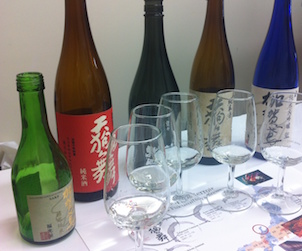


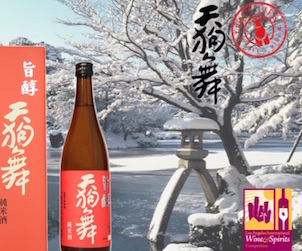
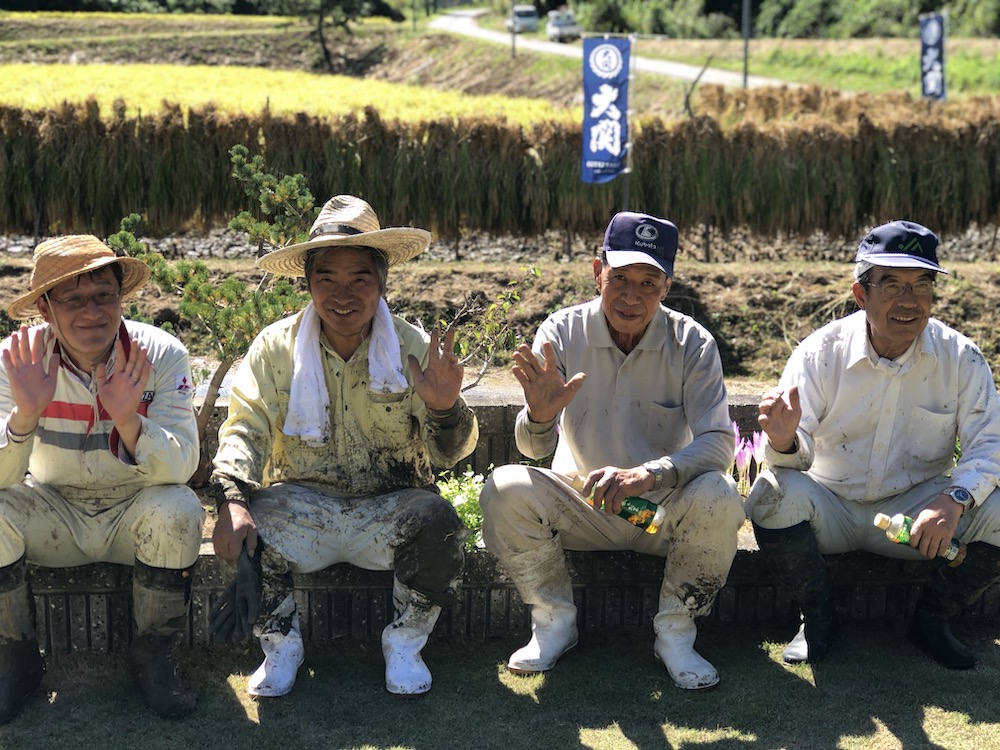
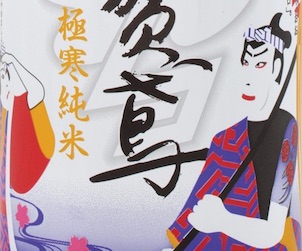
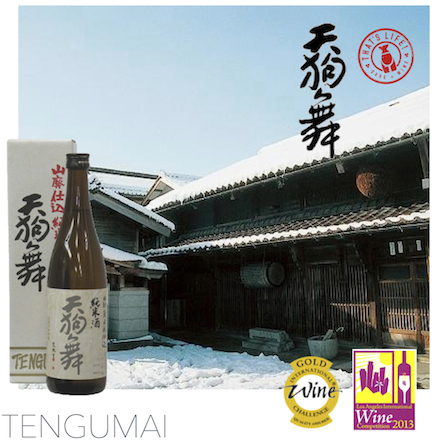

Thank you for profiling sake! The IWEG Drinks Academy has been selected as one of eight international Approved Programme Providers awarded the privilege to host the WSET Level 3 Award in Sake. We are excited to be offering this course in the new year.
The course aims to provide students with a comprehensive understanding of the world of sake and explore the rich history of Japan’s national beverage. Students attending this course will learn the key ingredients in sake making, the various production methods and their impact on style quality and price.
Students will also taste a wide range of styles, many of which are rarely available outside of Japan to reinforce their learning, build their tasting skills and ability to assess Sake. In addition, students will be able to demonstrate an understanding of the processes and principles behind the proper storage, selection and service of sake.
This course combines classroom and online study, in addition to a visit to the Ontario Spring Water Sake Co. and Ki Restaurant.
Visit iweg.org for more info.
Cheers,
Vanessa